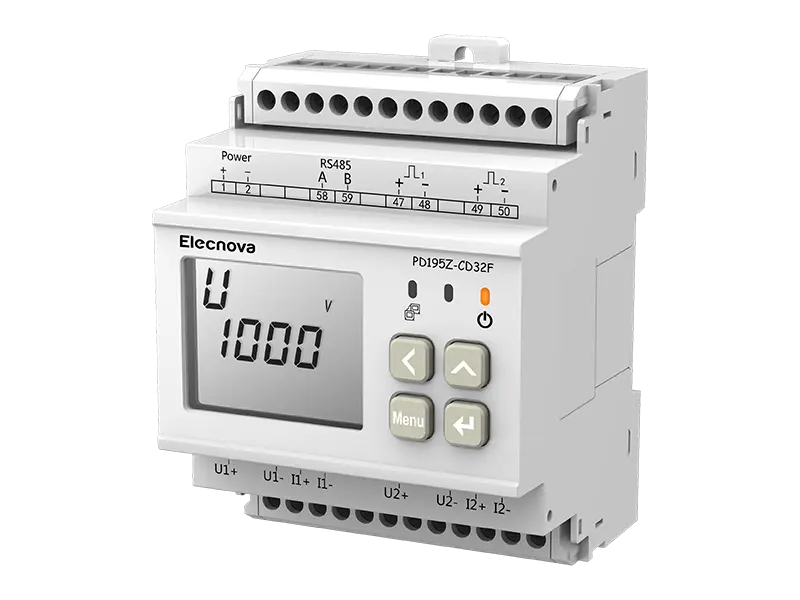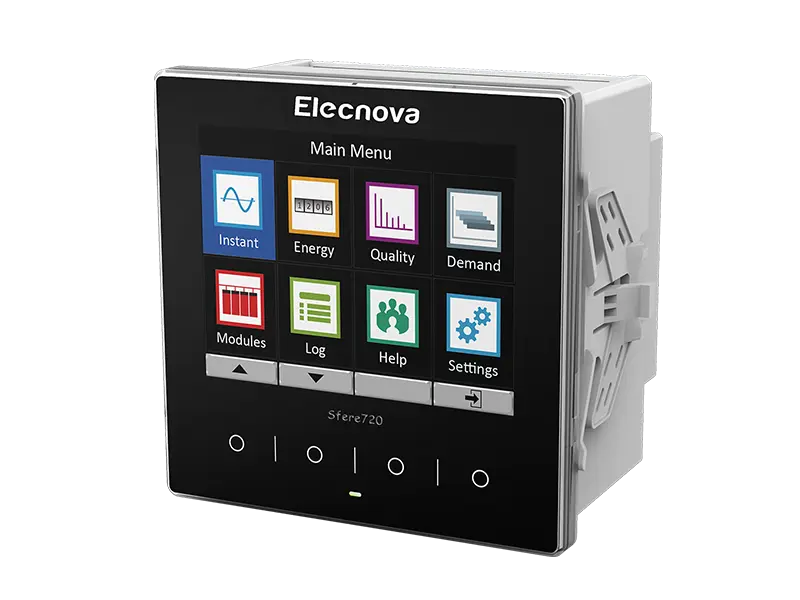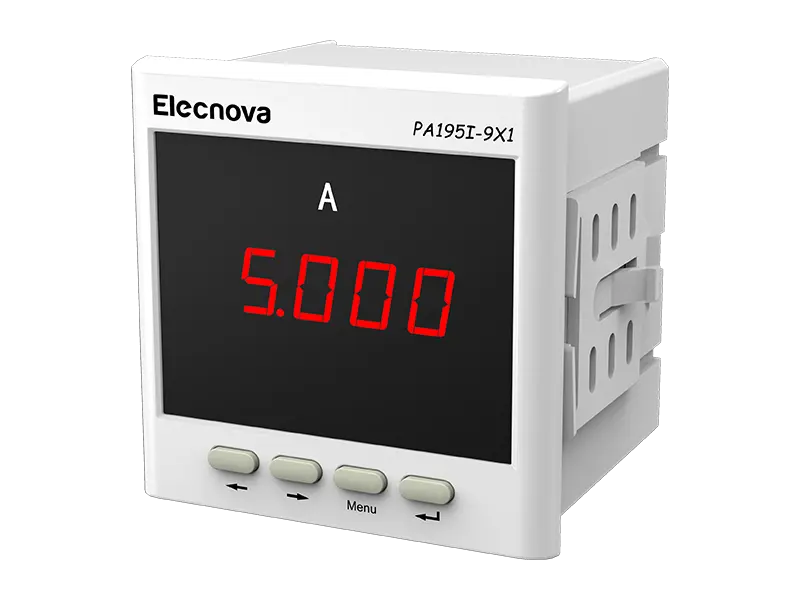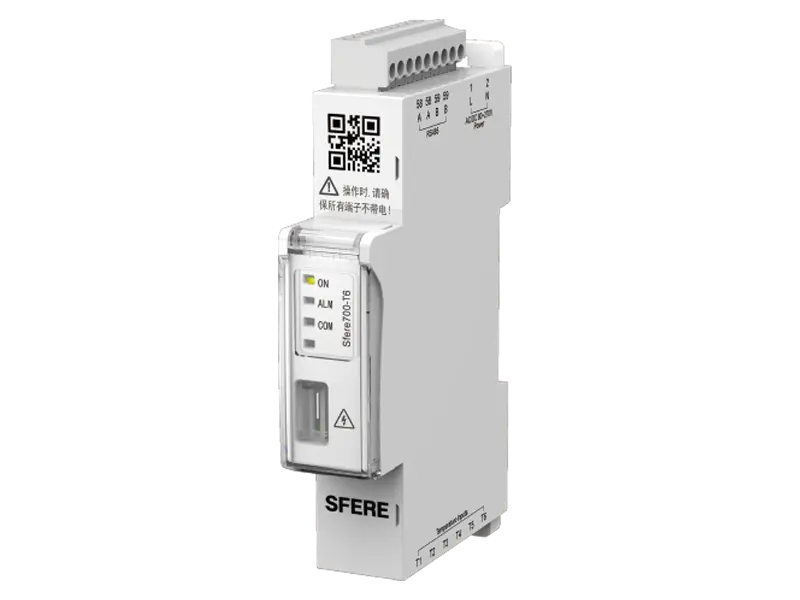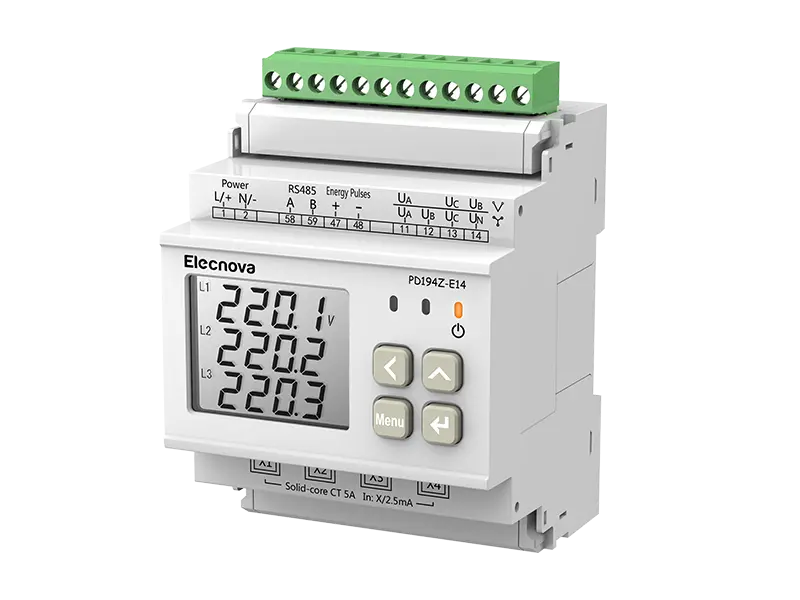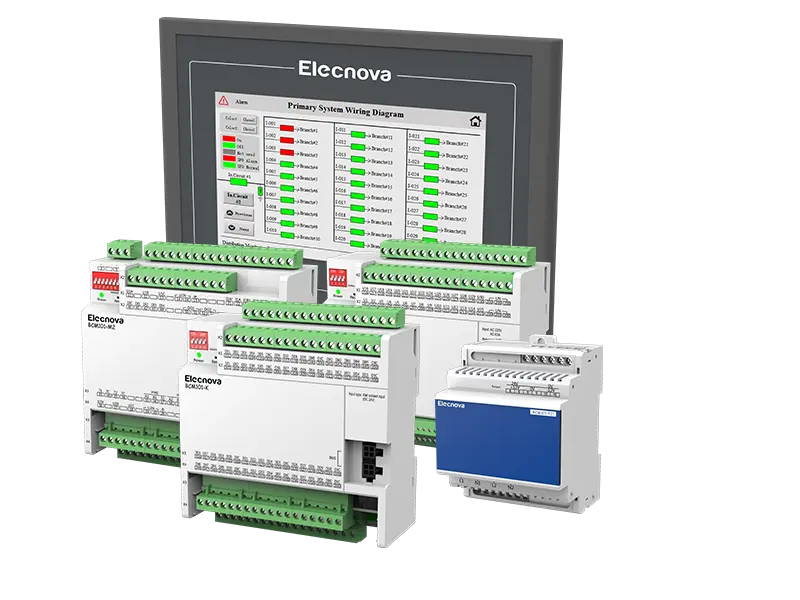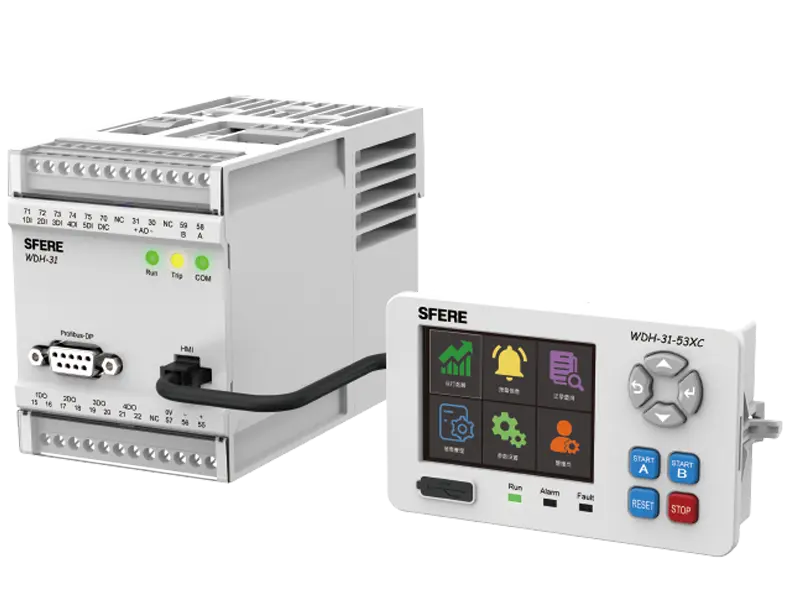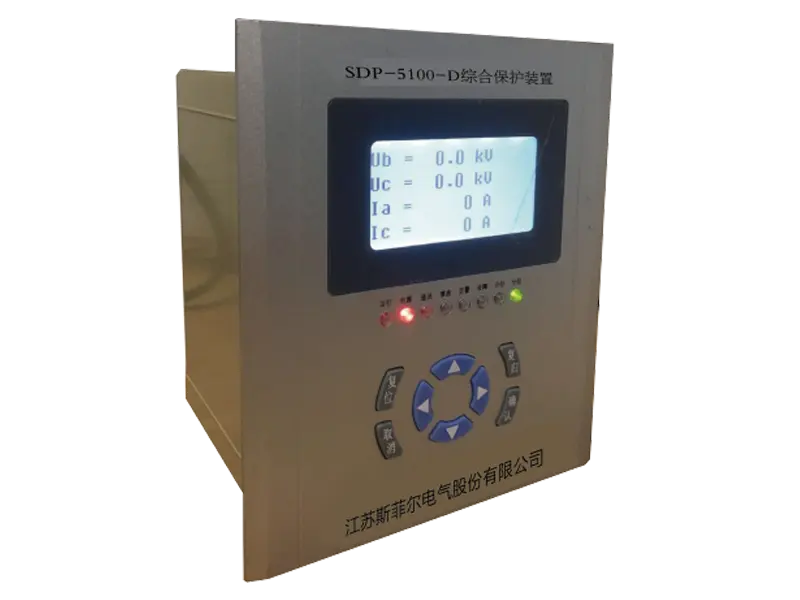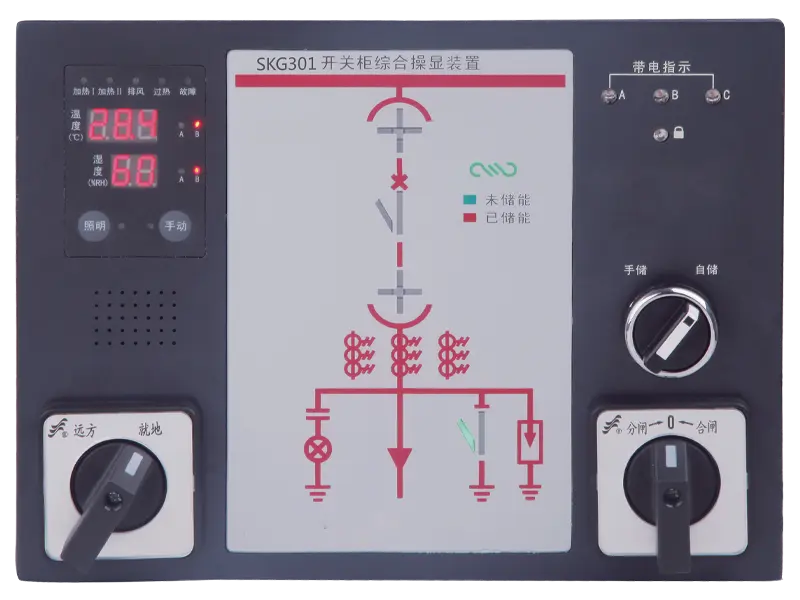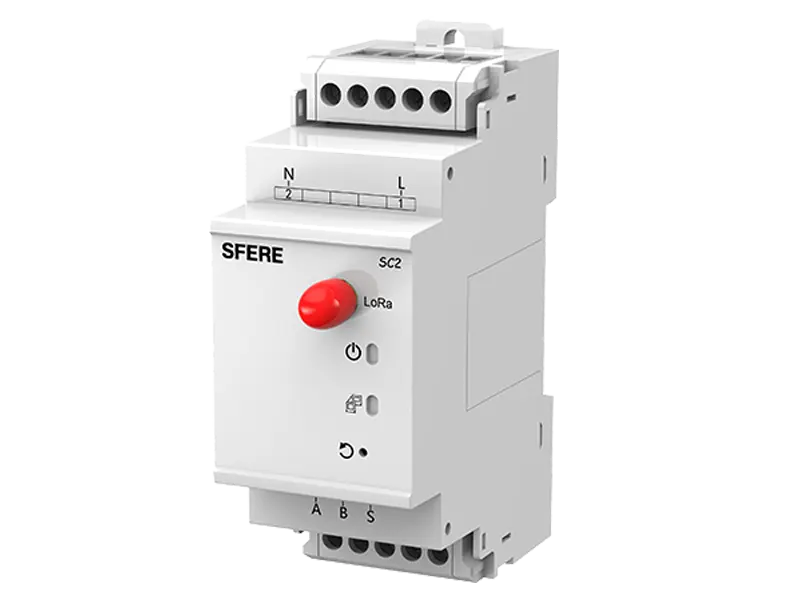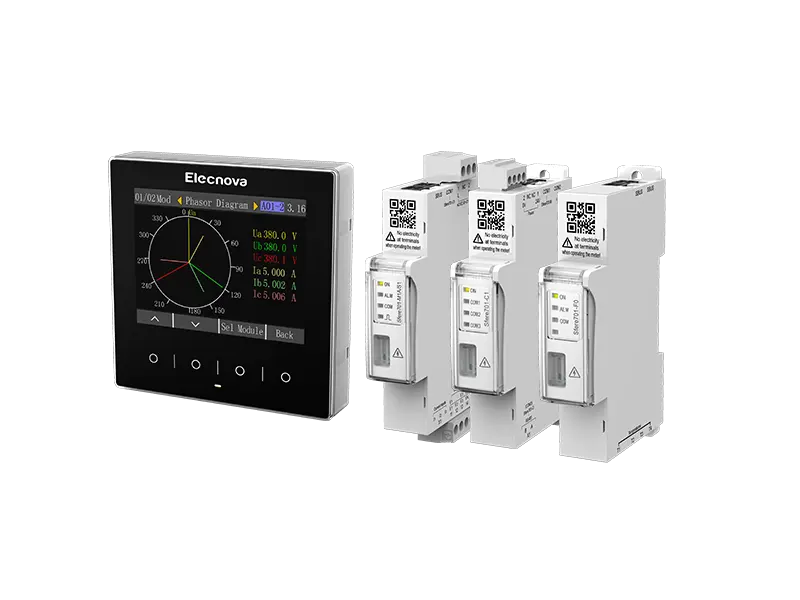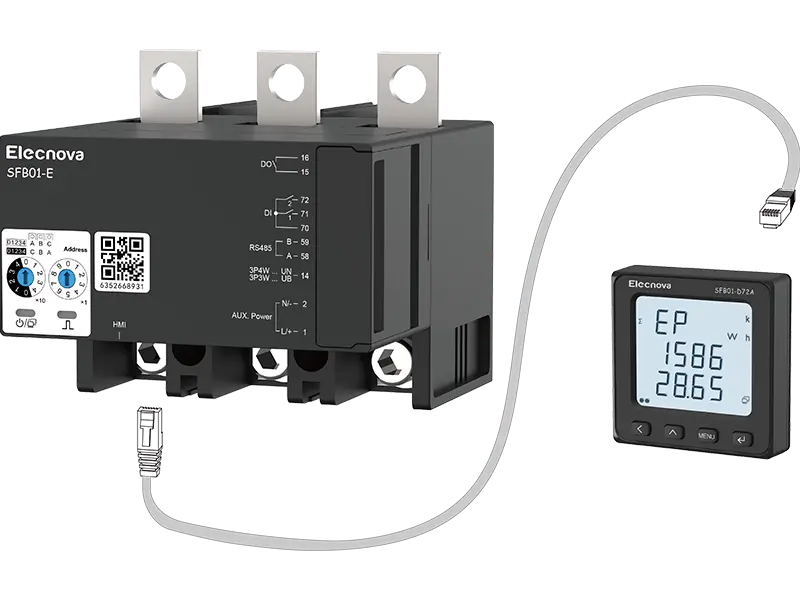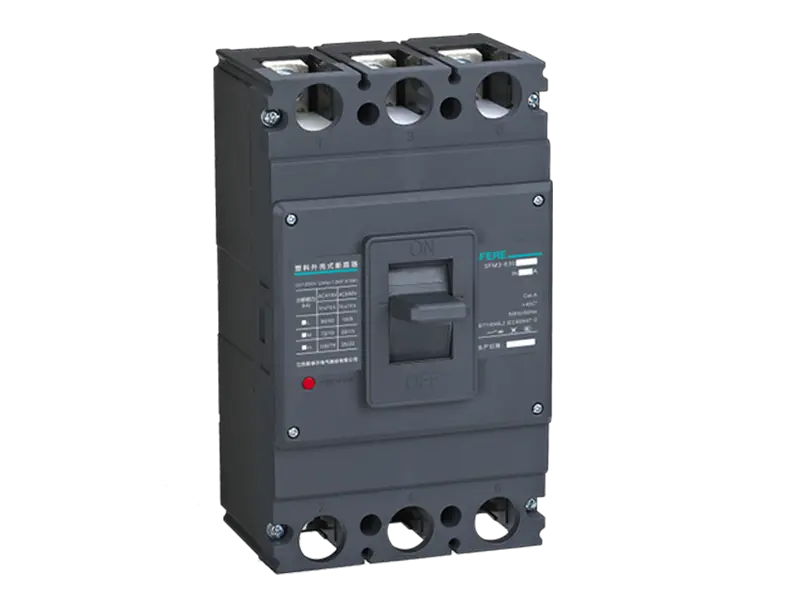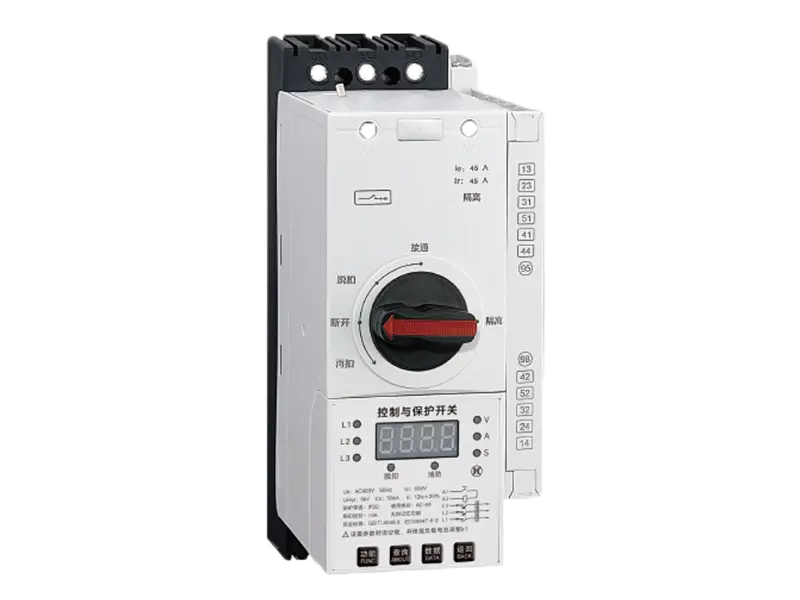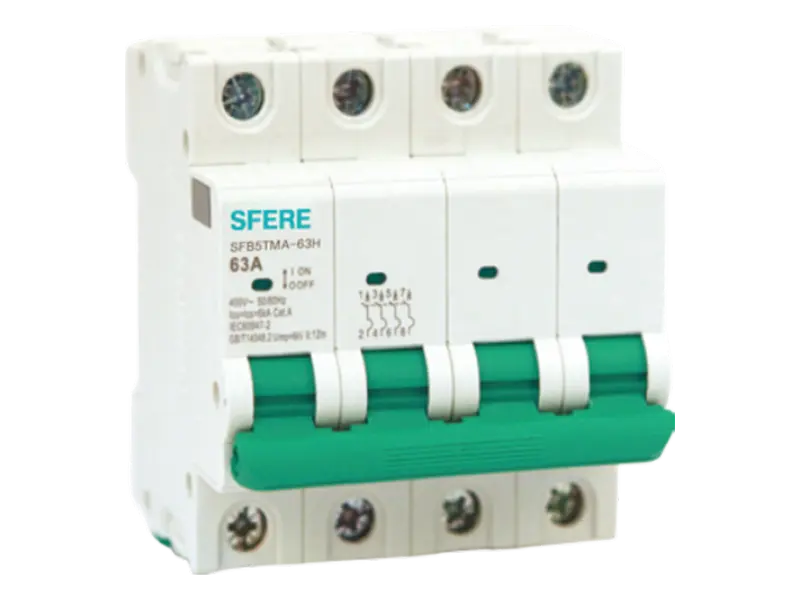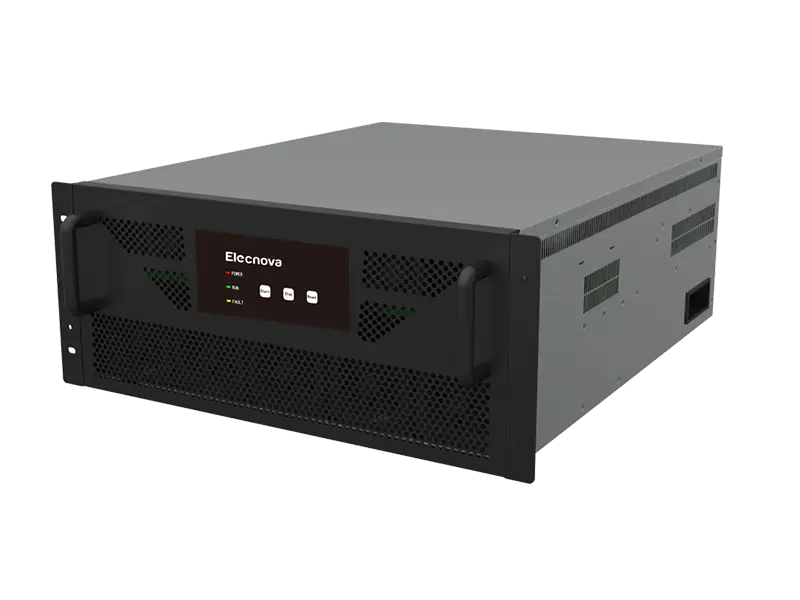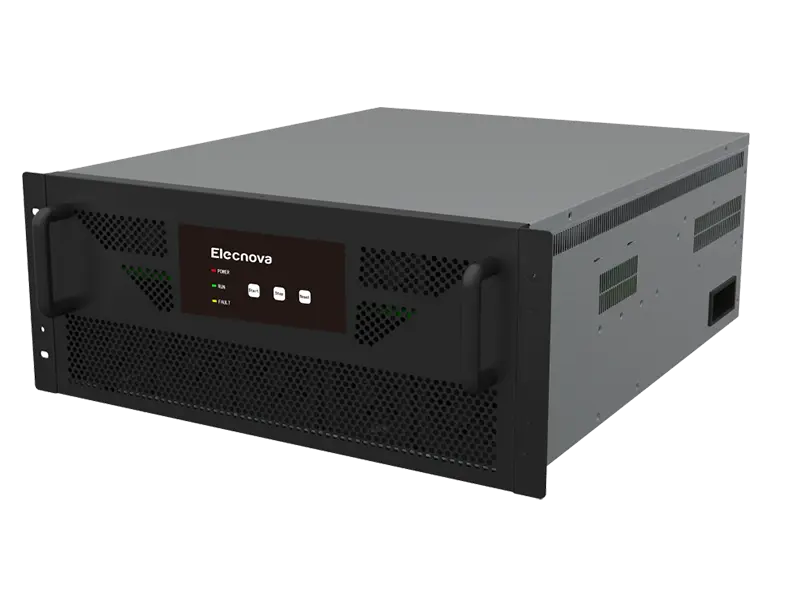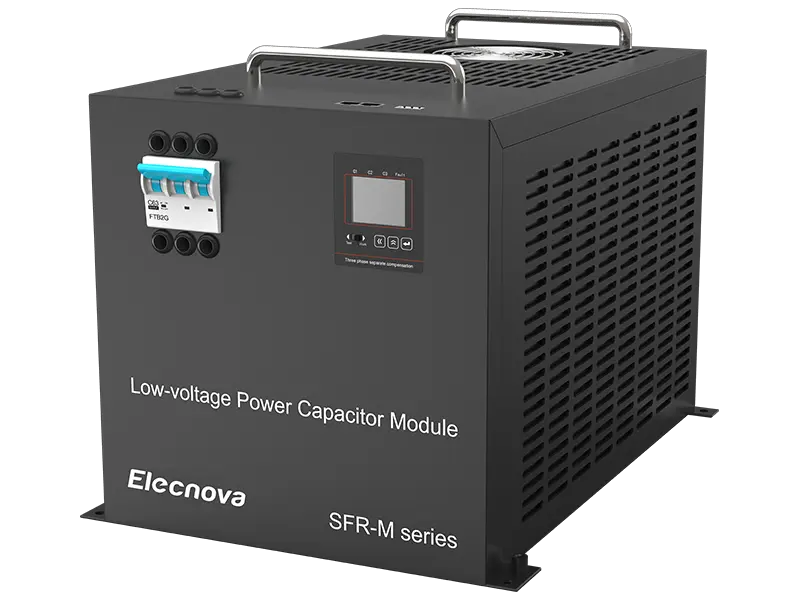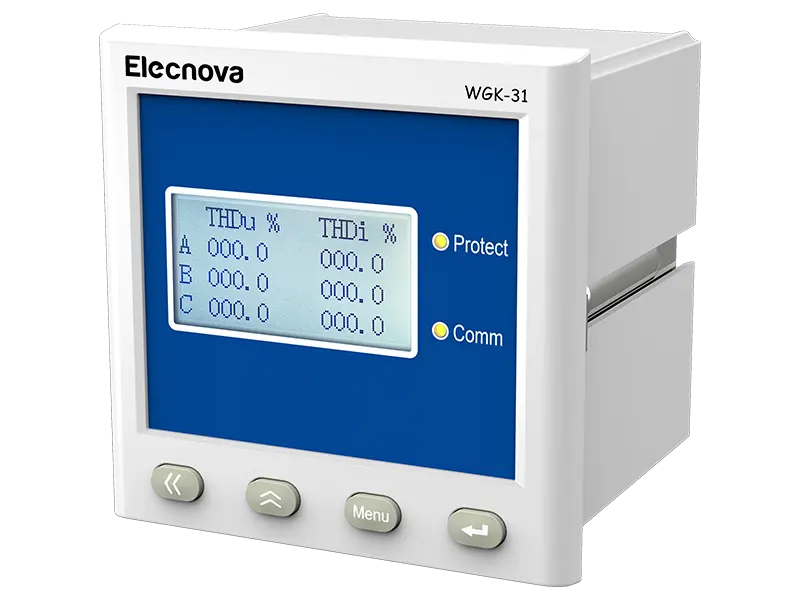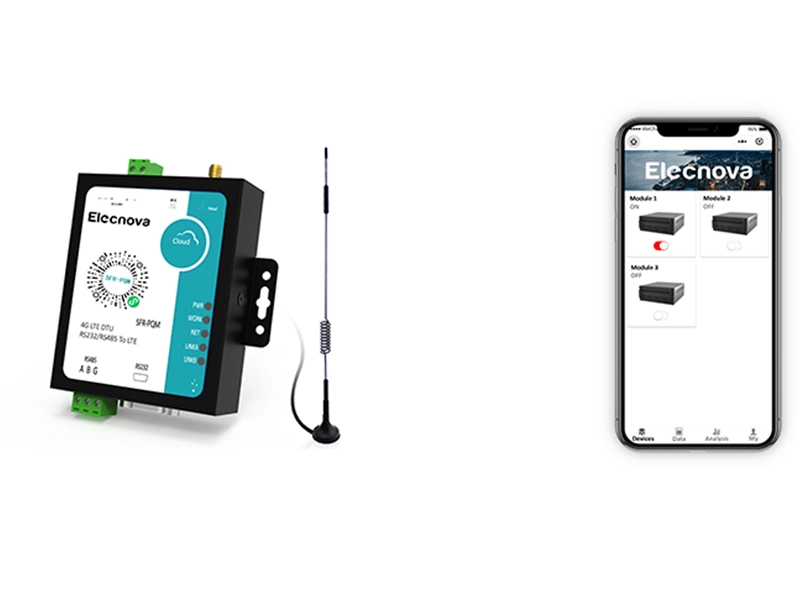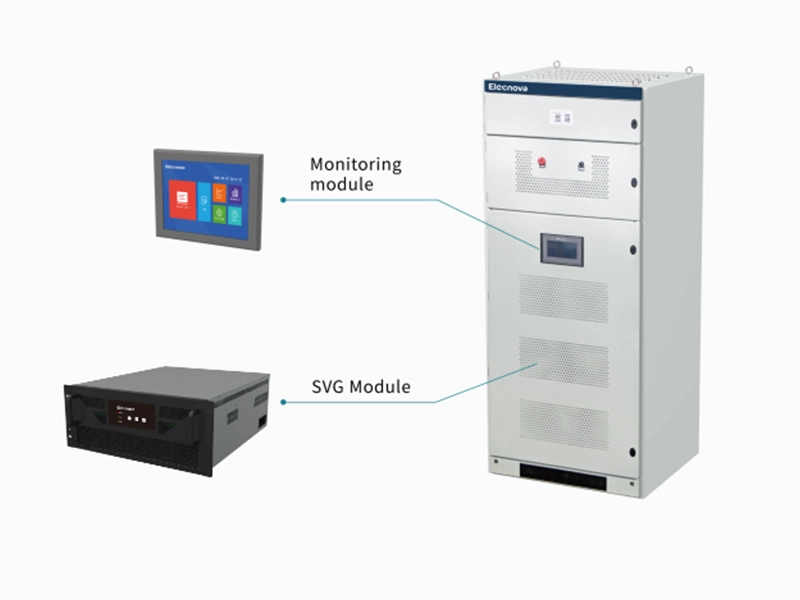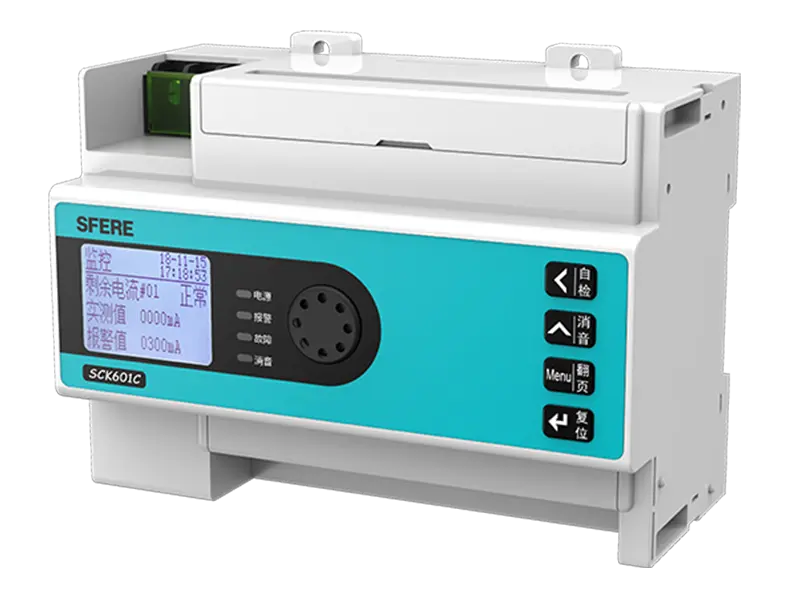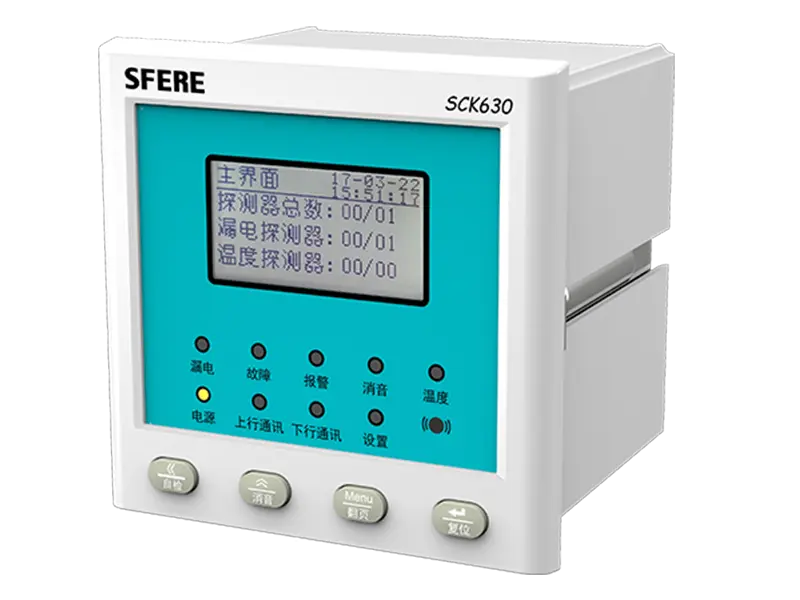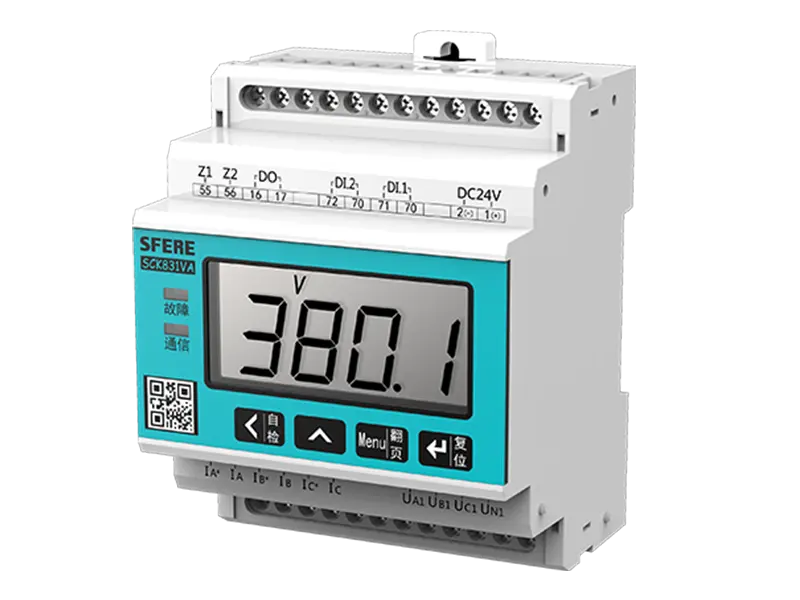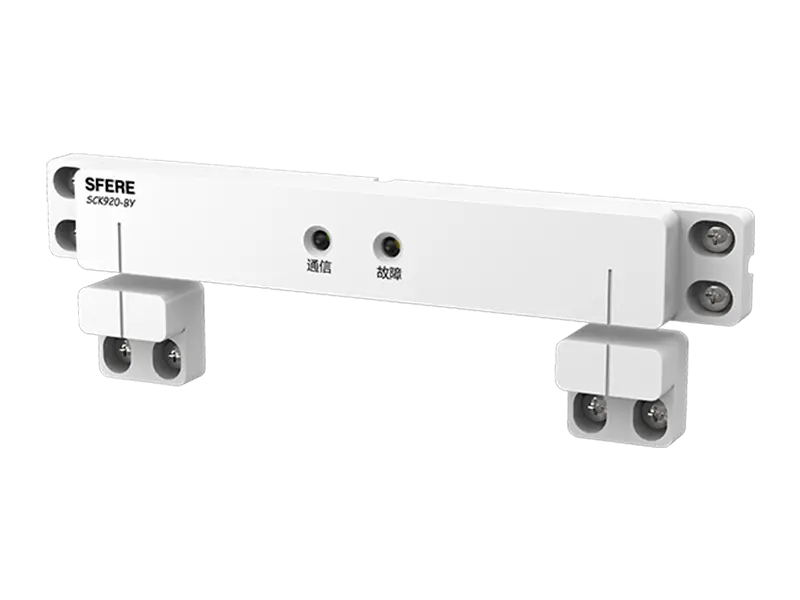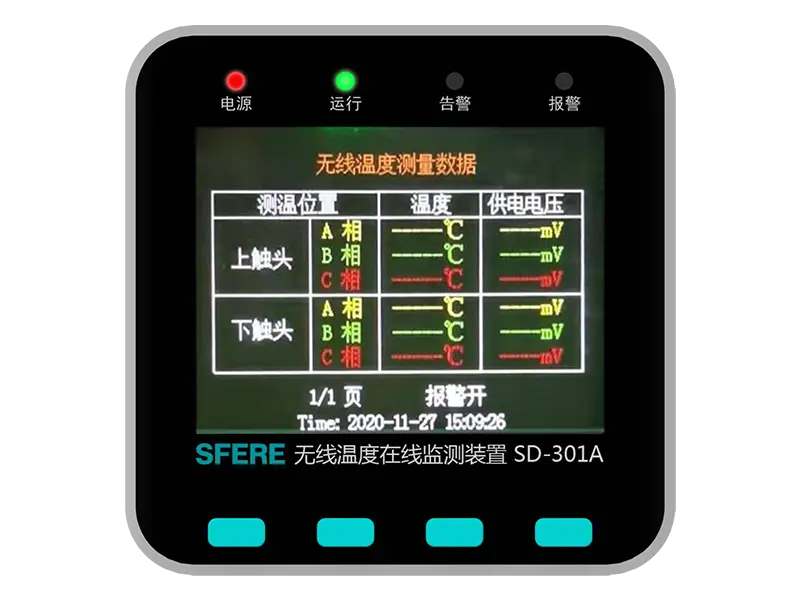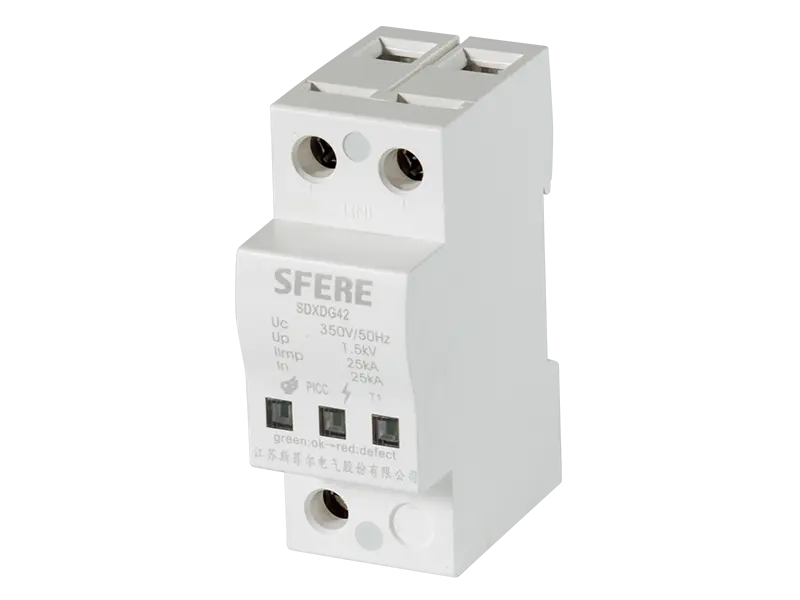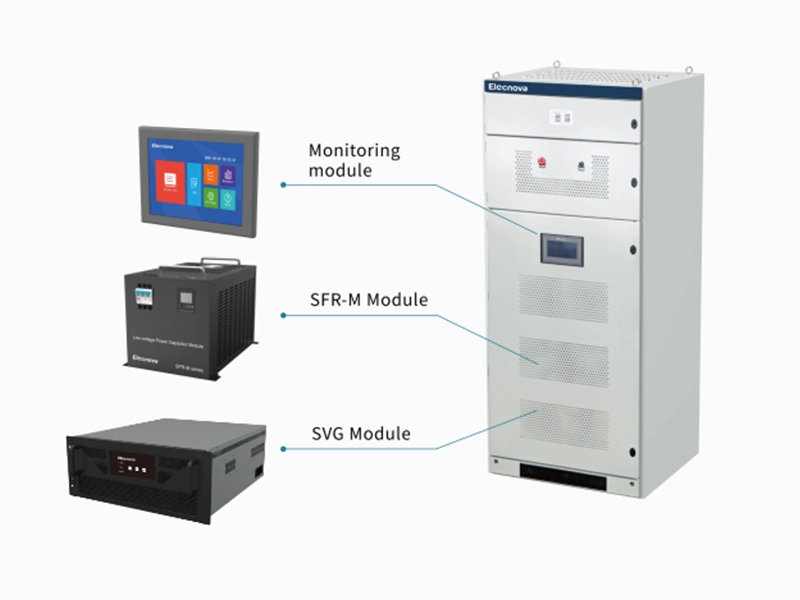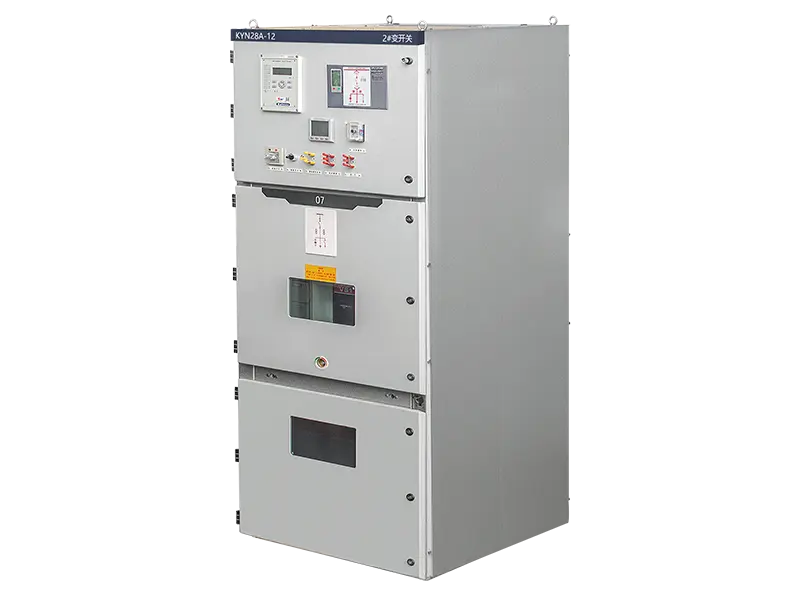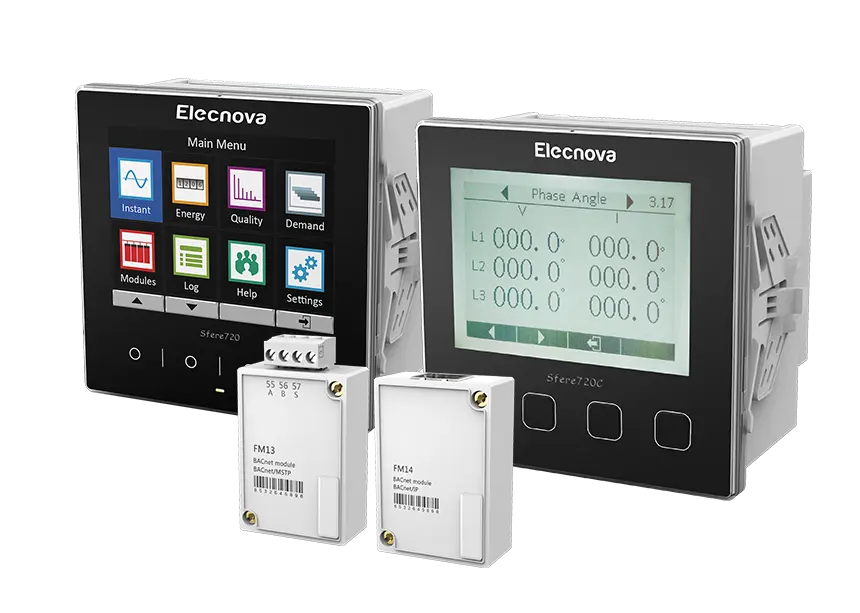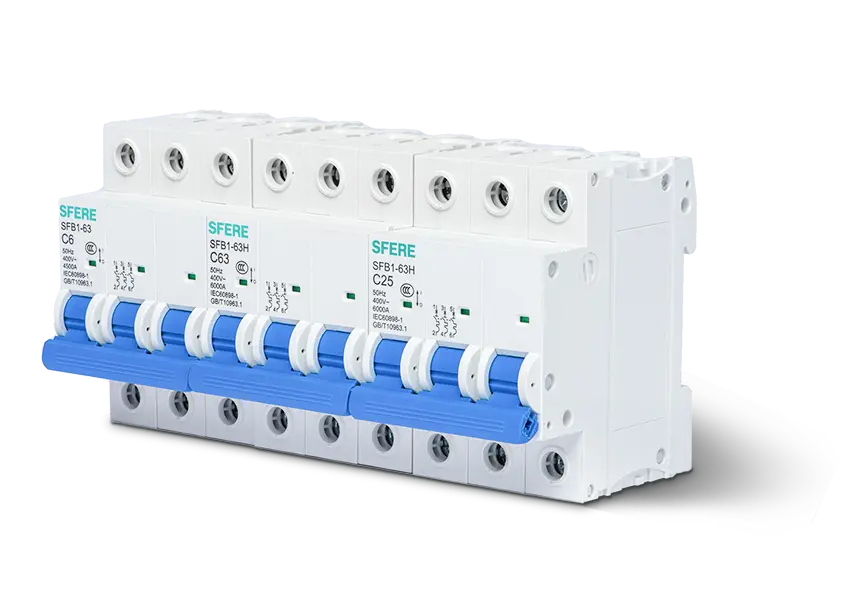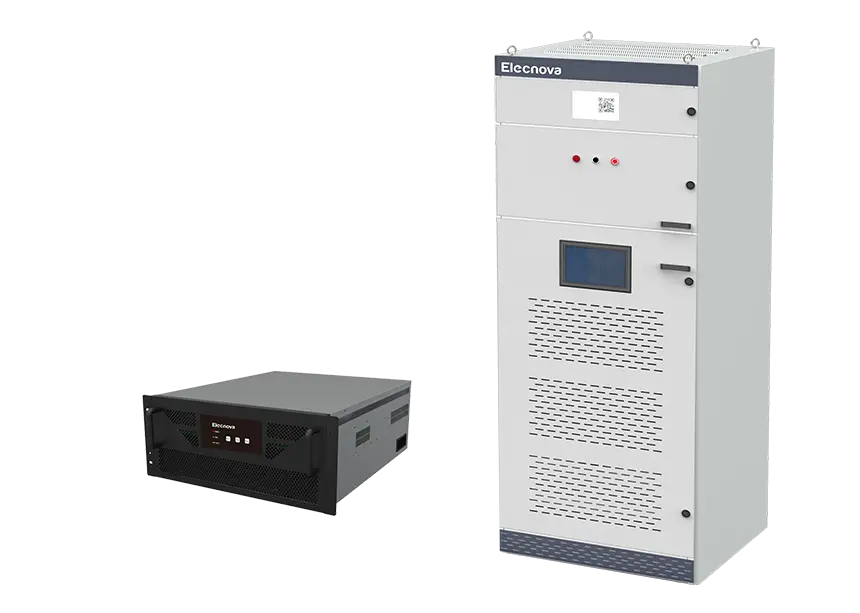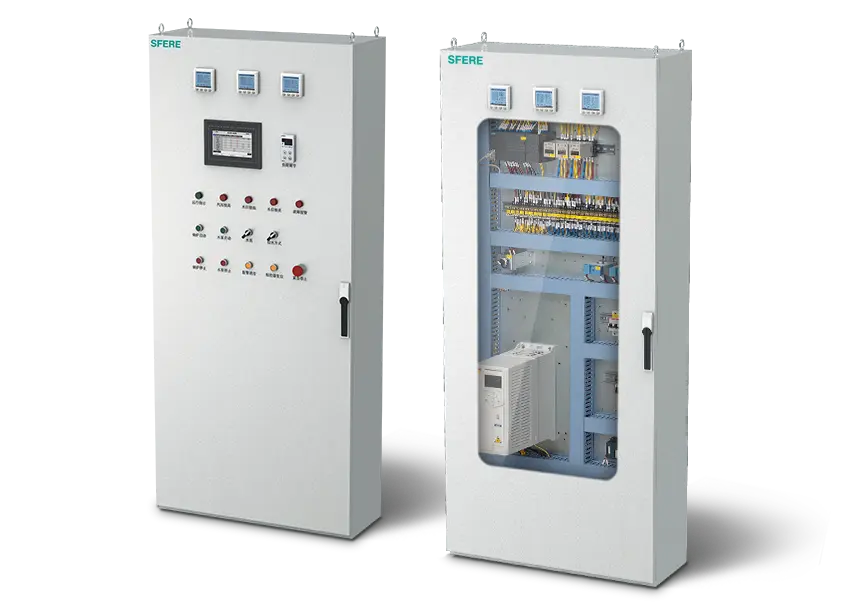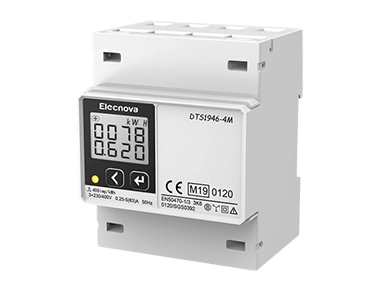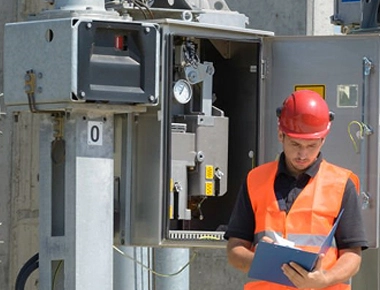Tracking energy usage involves monitoring and recording the consumption of energy resources within various contexts, such as residential, commercial, or industrial settings. The process typically involves collecting data on electricity, gas, water, or other energy sources to gain insights into patterns, trends, and inefficiencies in energy consumption.
One of the primary reasons for tracking energy usage is to promote energy efficiency and conservation. By understanding how energy is used over time, individuals and organizations can identify opportunities to reduce waste, improve efficiency, and lower energy costs. This can be achieved through measures such as upgrading to energy-efficient appliances, optimizing heating and cooling systems, and implementing smart technologies like programmable thermostats and lighting controls.
Tracking energy usage also plays a crucial role in sustainability initiatives and environmental stewardship. By monitoring energy consumption and identifying areas of high usage or inefficiency, businesses and communities can set goals for reducing their carbon footprint and mitigating environmental impact. This may involve investing in renewable energy sources, implementing energy-saving practices, or adopting green building standards.
In addition to promoting efficiency and sustainability, tracking energy usage can also facilitate better resource management and planning. By analyzing historical energy data, businesses can forecast future energy needs, optimize equipment maintenance schedules, and allocate resources more effectively. This proactive approach can help prevent unexpected downtime, reduce operational costs, and improve overall productivity.
In conclusion, tracking energy usage is essential for informed decision-making, resource optimization, and achieving sustainability goals. Whether at the individual, organizational, or societal level, understanding how energy is consumed and taking steps to manage it more effectively is critical for creating a more resilient, efficient, and sustainable energy future.



